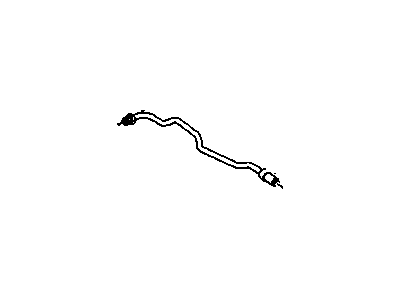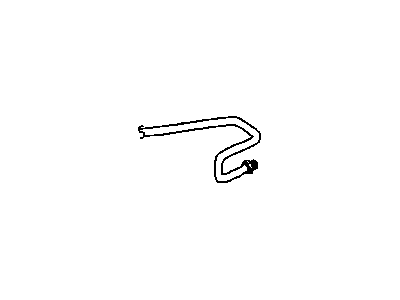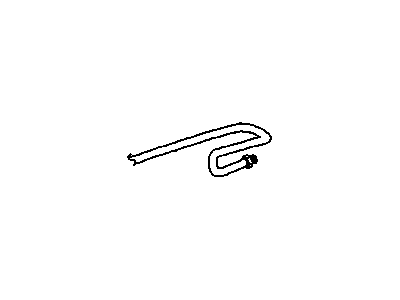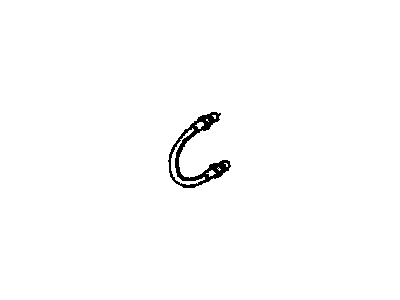
My Garage
My Account
Cart
Genuine Saturn LS Brake Line
Brake Hose- Select Vehicle by Model
- Select Vehicle by VIN
Select Vehicle by Model
orMake
Model
Year
Select Vehicle by VIN
For the most accurate results, select vehicle by your VIN (Vehicle Identification Number).
14 Brake Lines found
Saturn LS Pipe Asm,Front Brake Rear
Part Number: 90539582$6.97 MSRP: $40.62You Save: $33.65 (83%)Ships in 1-2 Business DaysSaturn LS Pipe Asm,Brake Pressure Mod Valve Front Brake
Part Number: 90539587$2.66 MSRP: $14.52You Save: $11.86 (82%)Ships in 1-2 Business Days
Saturn LS Brake Line
The Brake Line in Saturn LS vehicles is responsible for transportation of brake fluid from the master cylinder to the brake caliper pistons hence allowing the hydraulic braking system to work. These metal brake lines can rust and experience impact forces which causes the brake fluid to leak and results to low hydraulic pressure. Hoses can also get physical and internal abrasion that can compromise the brake system in the car. When replacement is needed, a pre-bent brake line kits and the stainless steel corrosion free hoses are provided which can be easily fixed. As for the character of the hoses, it is recommended to improve them with the help of braided stainless steel ones which are able to enhance the pedal feel for performance driving conditions.
Each OEM Saturn LS Brake Line we offer is competitively priced and comes with the assurance of the manufacturer's warranty for the part. Furthermore, we guarantee the speedy delivery of your orders right to your doorstep. Our hassle-free return policy is also in place for your peace of mind.
Saturn LS Brake Line Parts Questions & Experts Answers
- Q: How to inspect and replace flexible brake lines on Saturn LS?A:About every six months, it is important to inspect the flexible hoses that connect the steel brake lines with the front and rear brake assemblies for any cracks, chafing, leaks, blisters, or other damage. This inspection should be done with the vehicle raised and securely placed on jackstands, using a light and mirror for a thorough check. If any of the above defects are found, the hose should be replaced with a new one. To disconnect a brake hose from the brake line, the metal tube nut should be unscrewed with a flare nut wrench, and the U-clip should be removed from the female fitting at the bracket. The hose can then be removed from the bracket and disconnected from the caliper, discarding the sealing washers. When attaching the new brake hose, new sealing washers should be used, and it should be securely attached to the caliper or Wheel Cylinder. To reattach a brake hose to the metal line, the end of the hose should be inserted through the frame bracket, ensuring it is not twisted, and the metal line should be attached by tightening the tube nut fitting securely. The U-clip should be installed at the frame bracket. It is important to check that the suspension or steering components do not make contact with the hose, and an assistant can help by pushing down on the vehicle and turning the steering wheel lock-to-lock during inspection. Finally, the brake system should be bled and the metal brake lines should be replaced using the correct parts, avoiding the use of copper tubing. Prefabricated brake lines with flared tube ends and fittings can be used, and they should be well supported in the brackets with sufficient clearance from moving or hot components. After installation, the master cylinder fluid level should be checked and fluid added as necessary. The brake system should be bled and the brakes carefully tested before the vehicle is placed into normal operation.
















